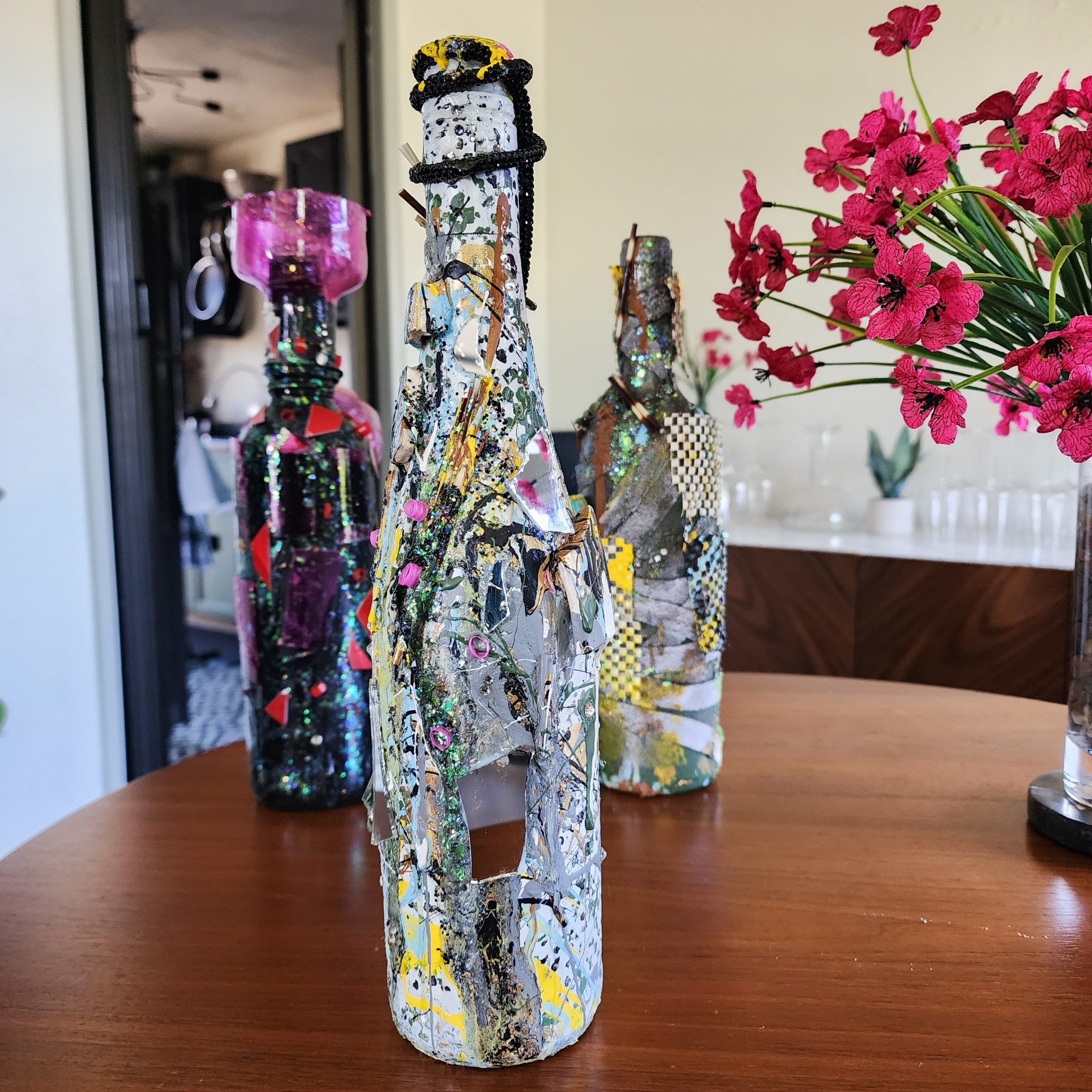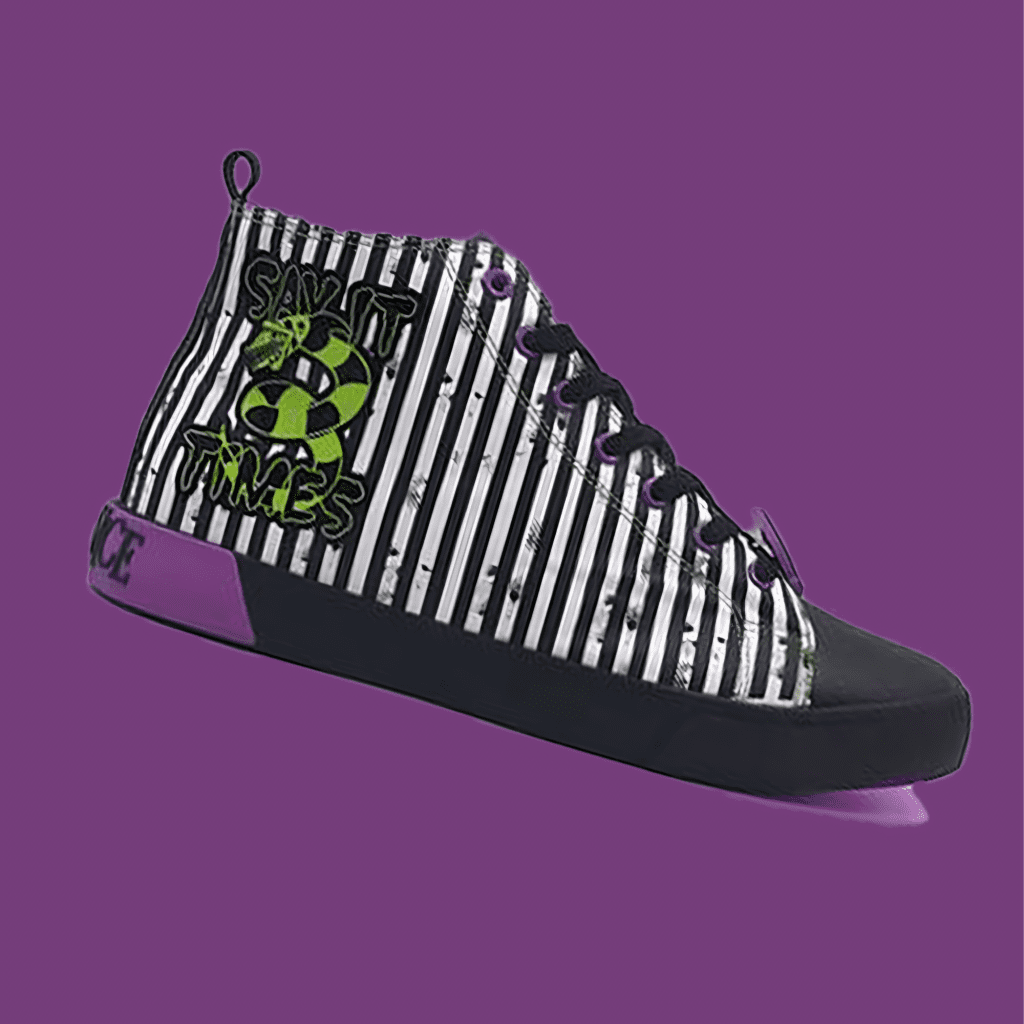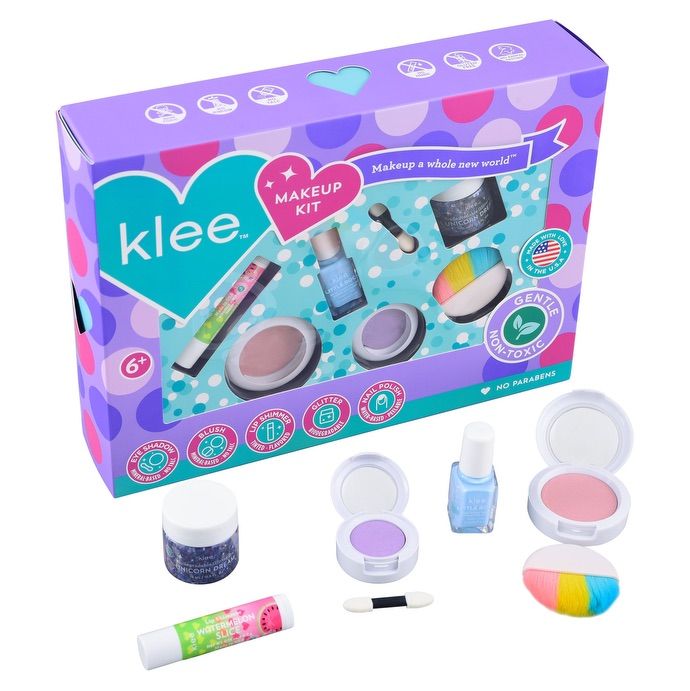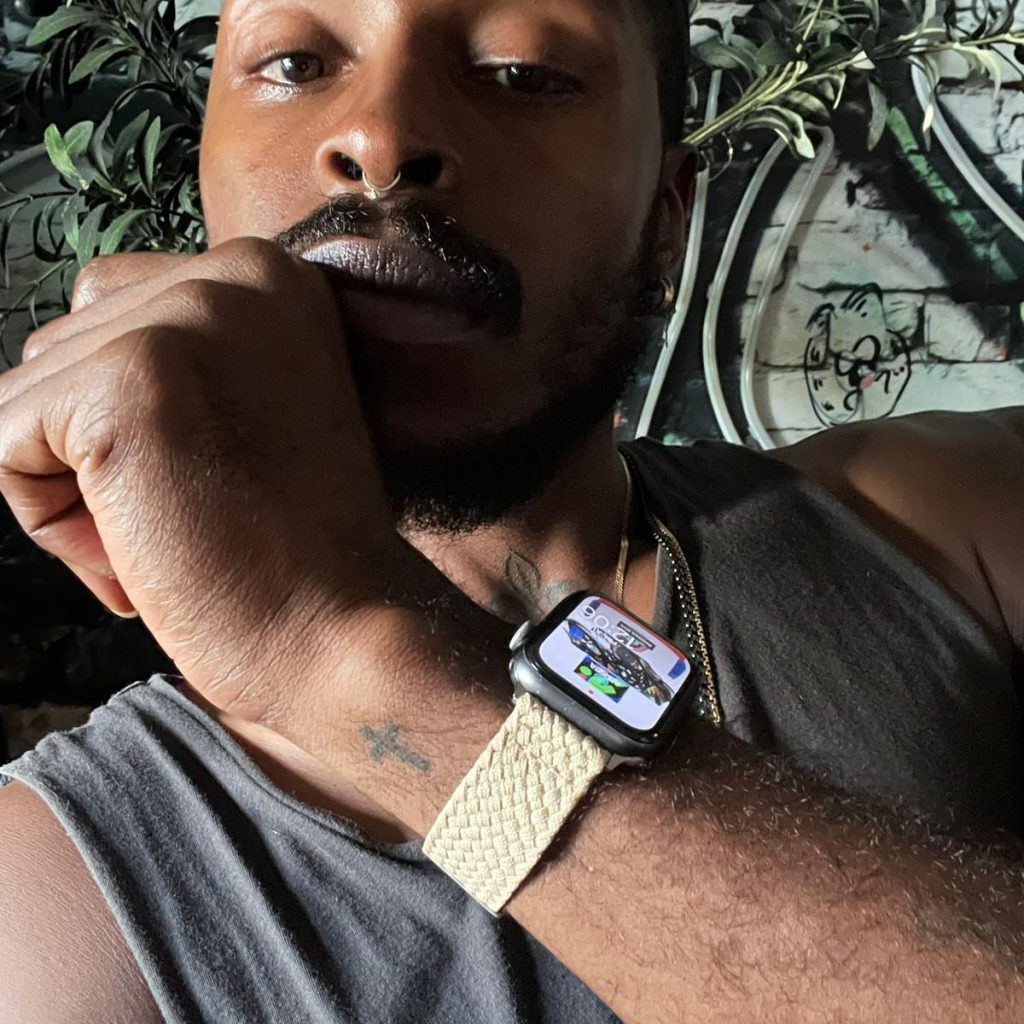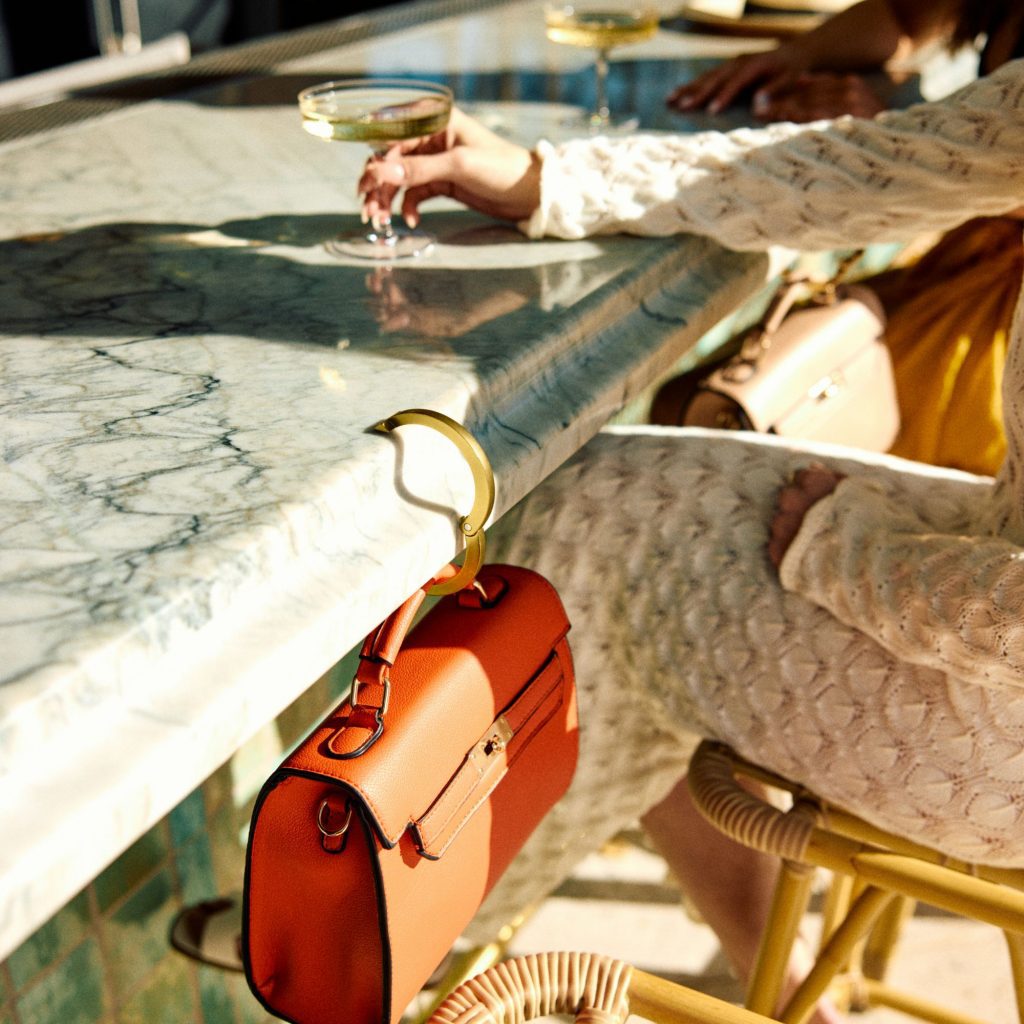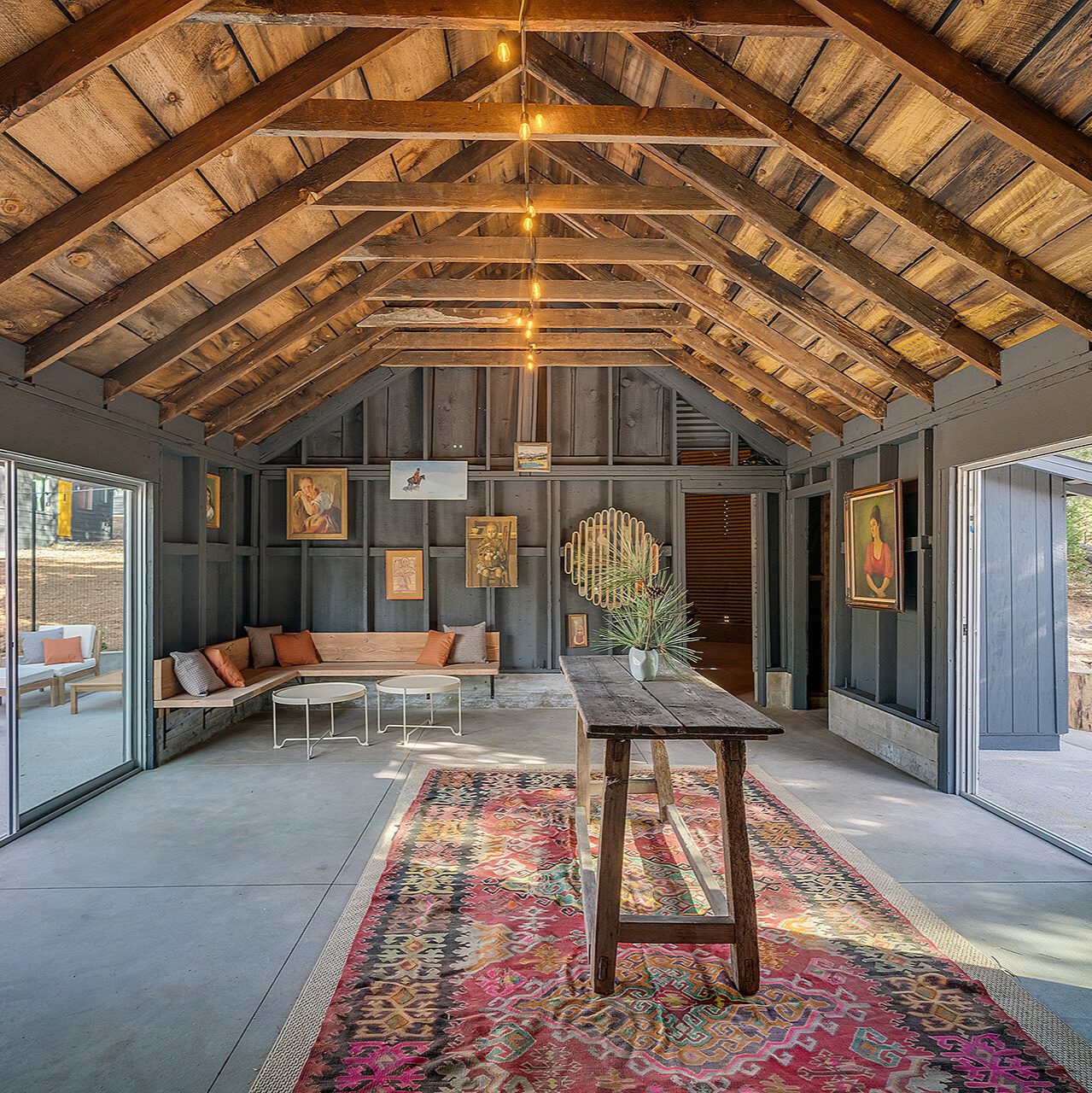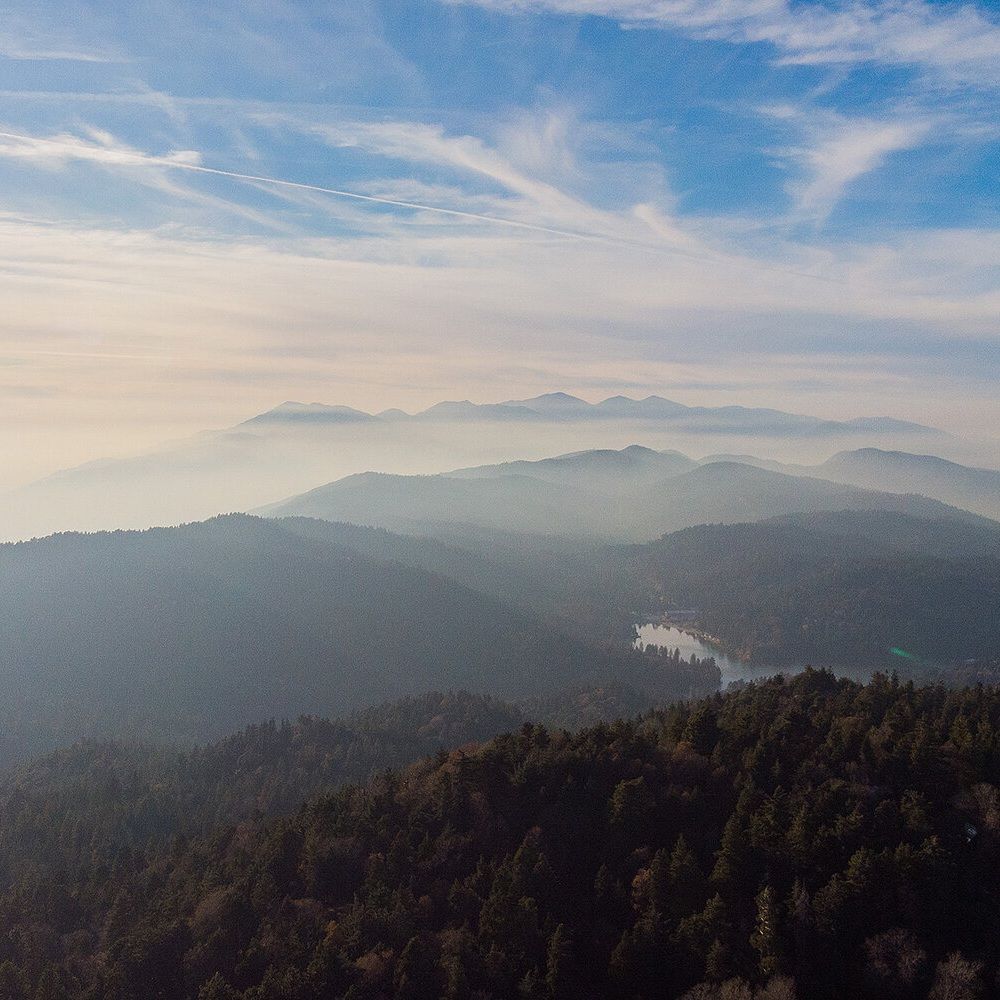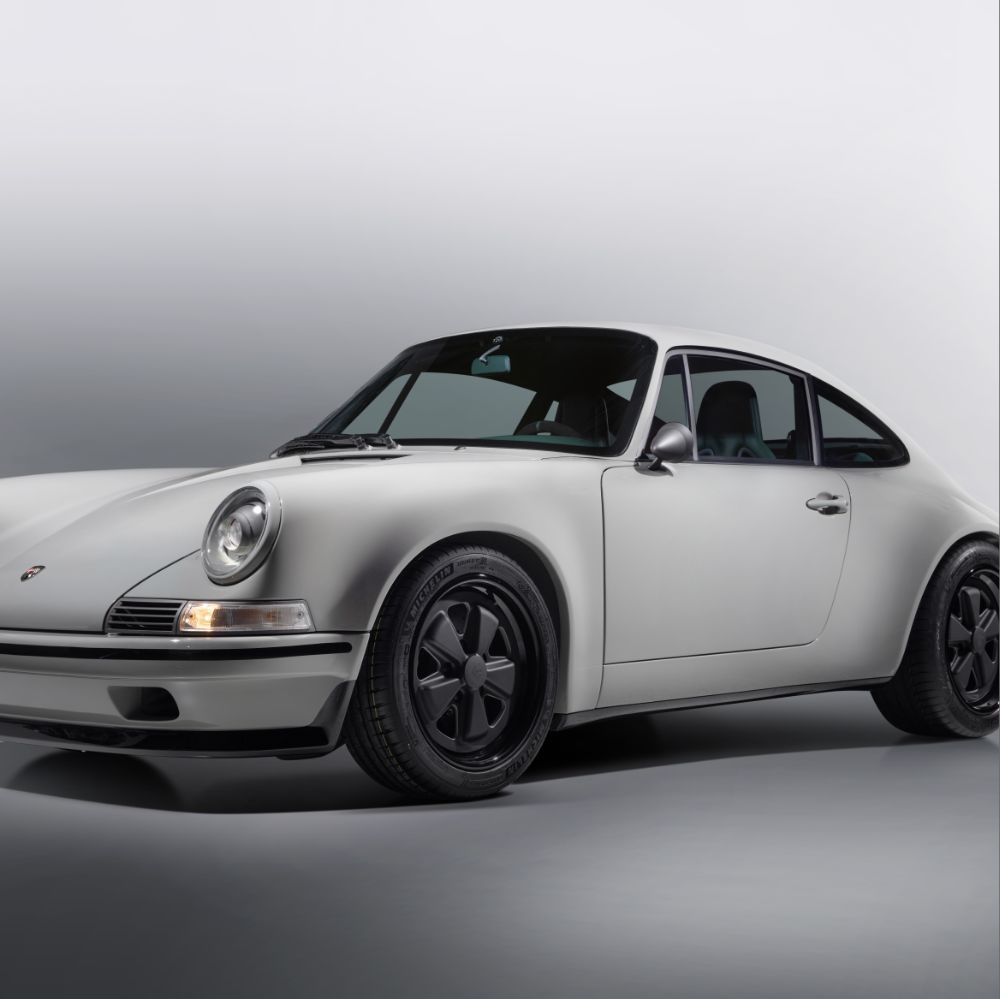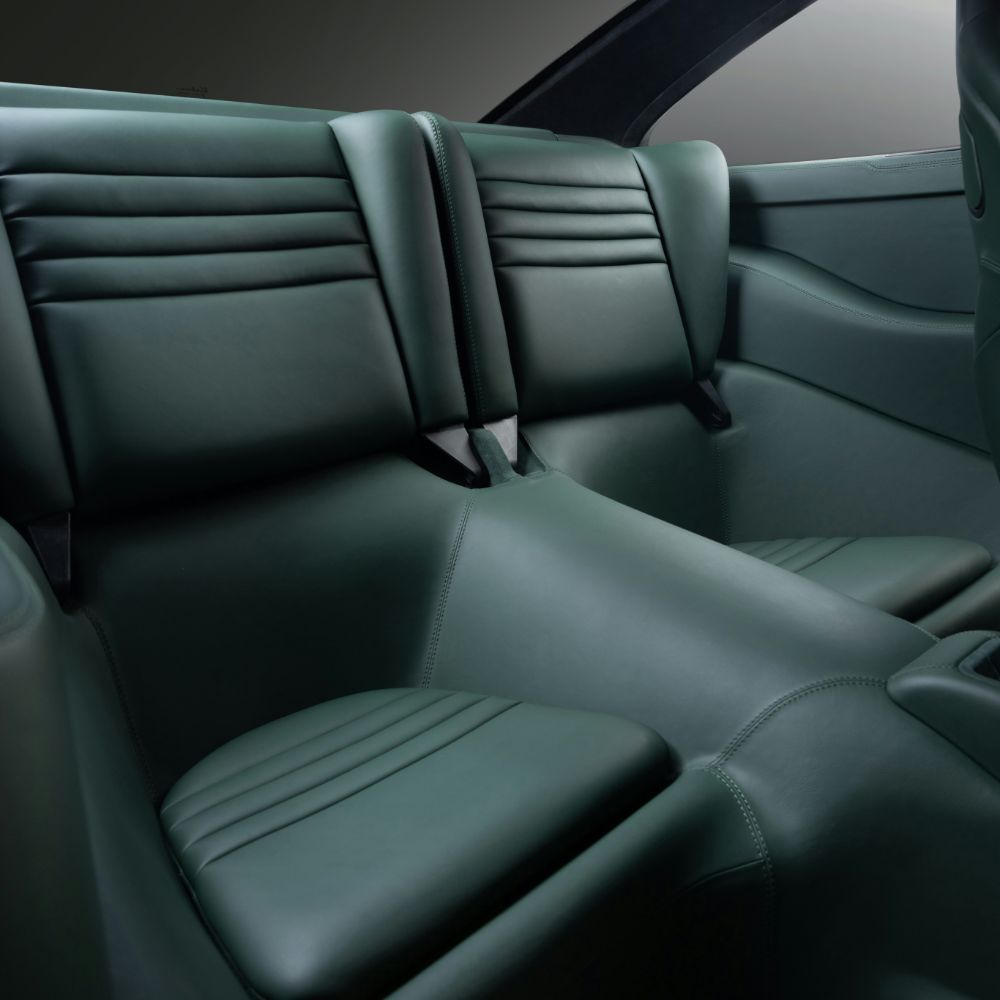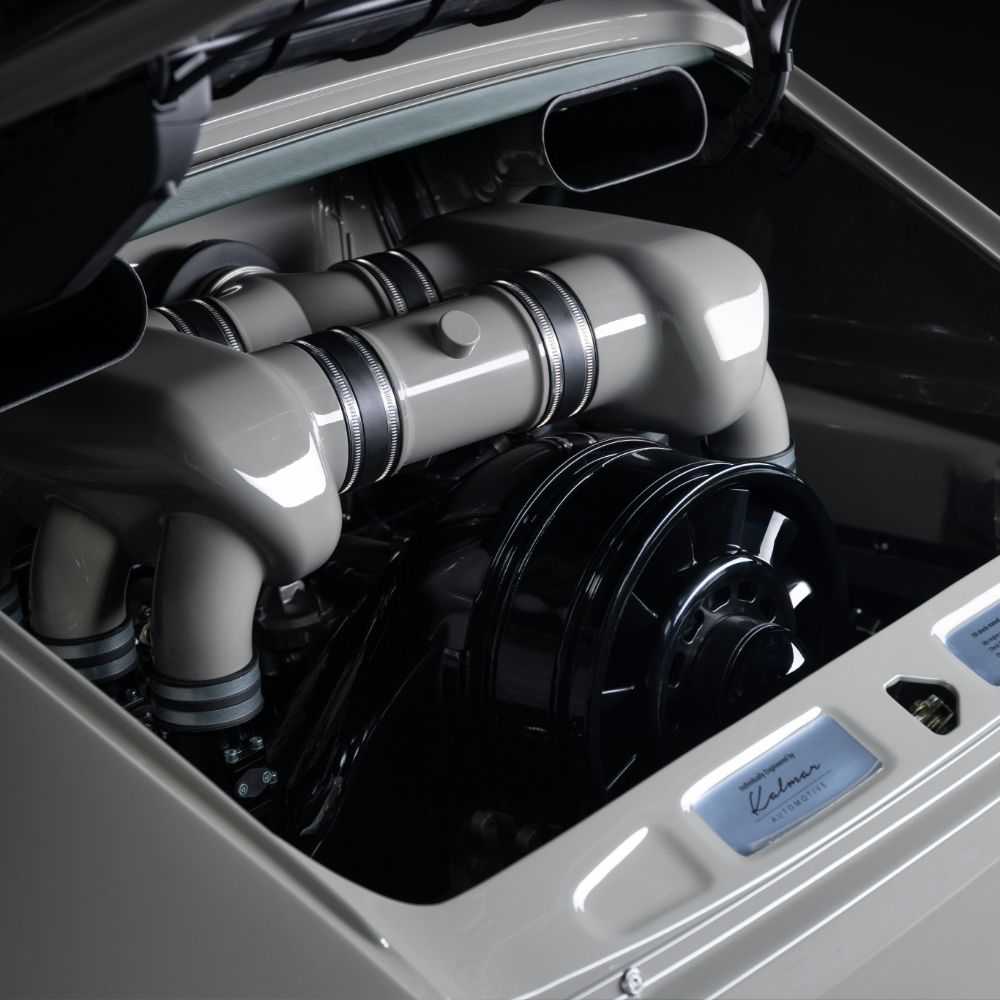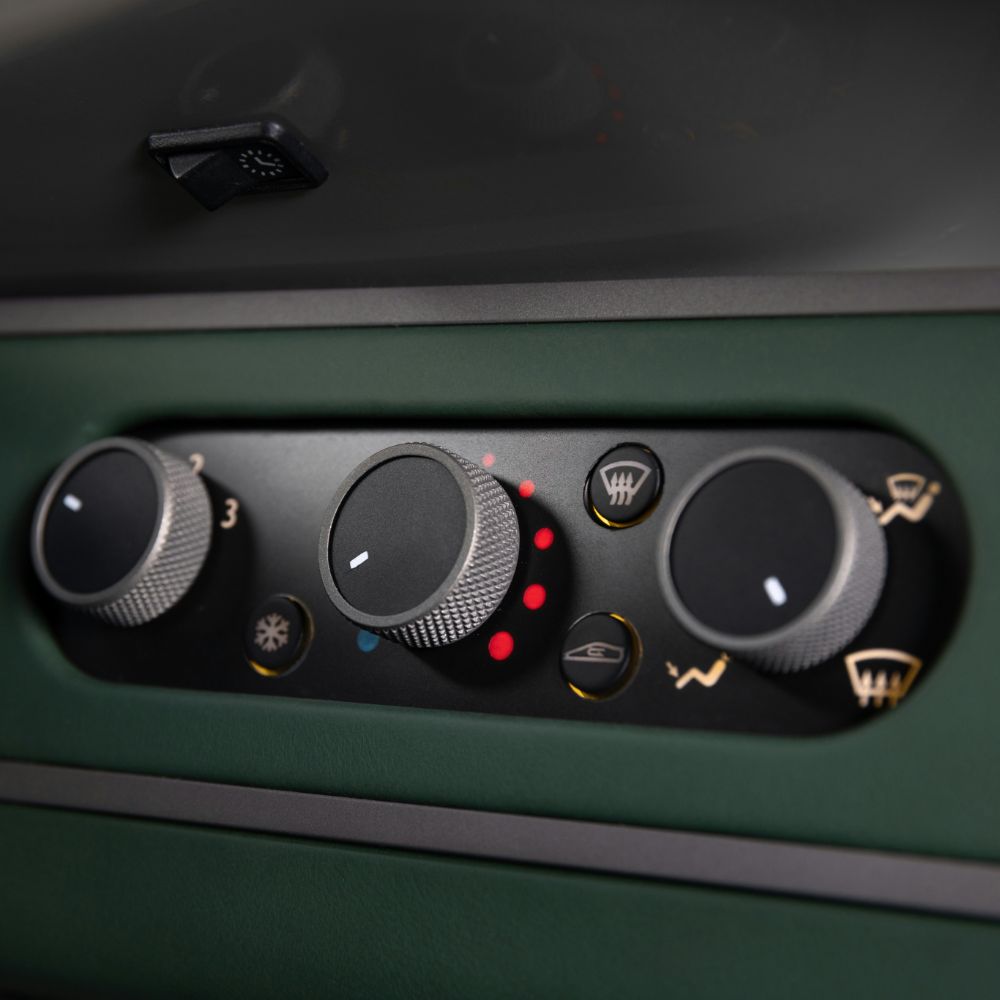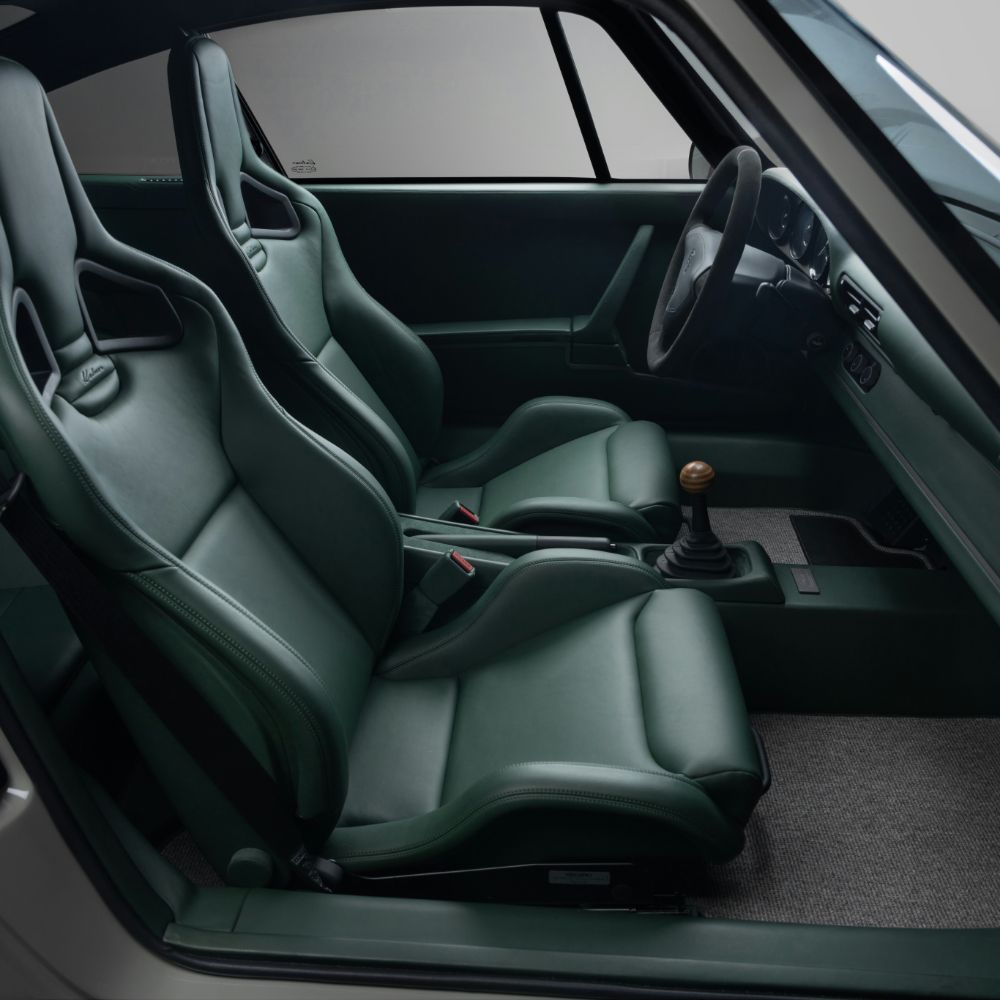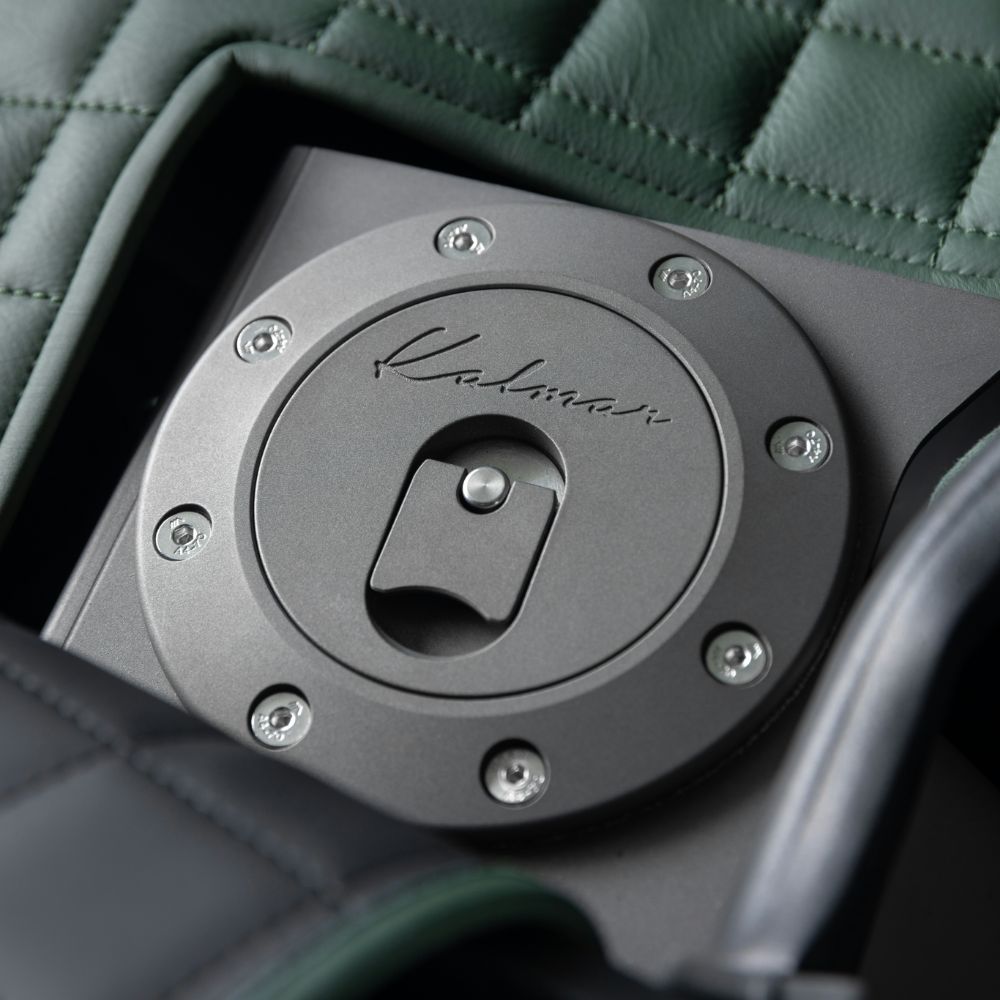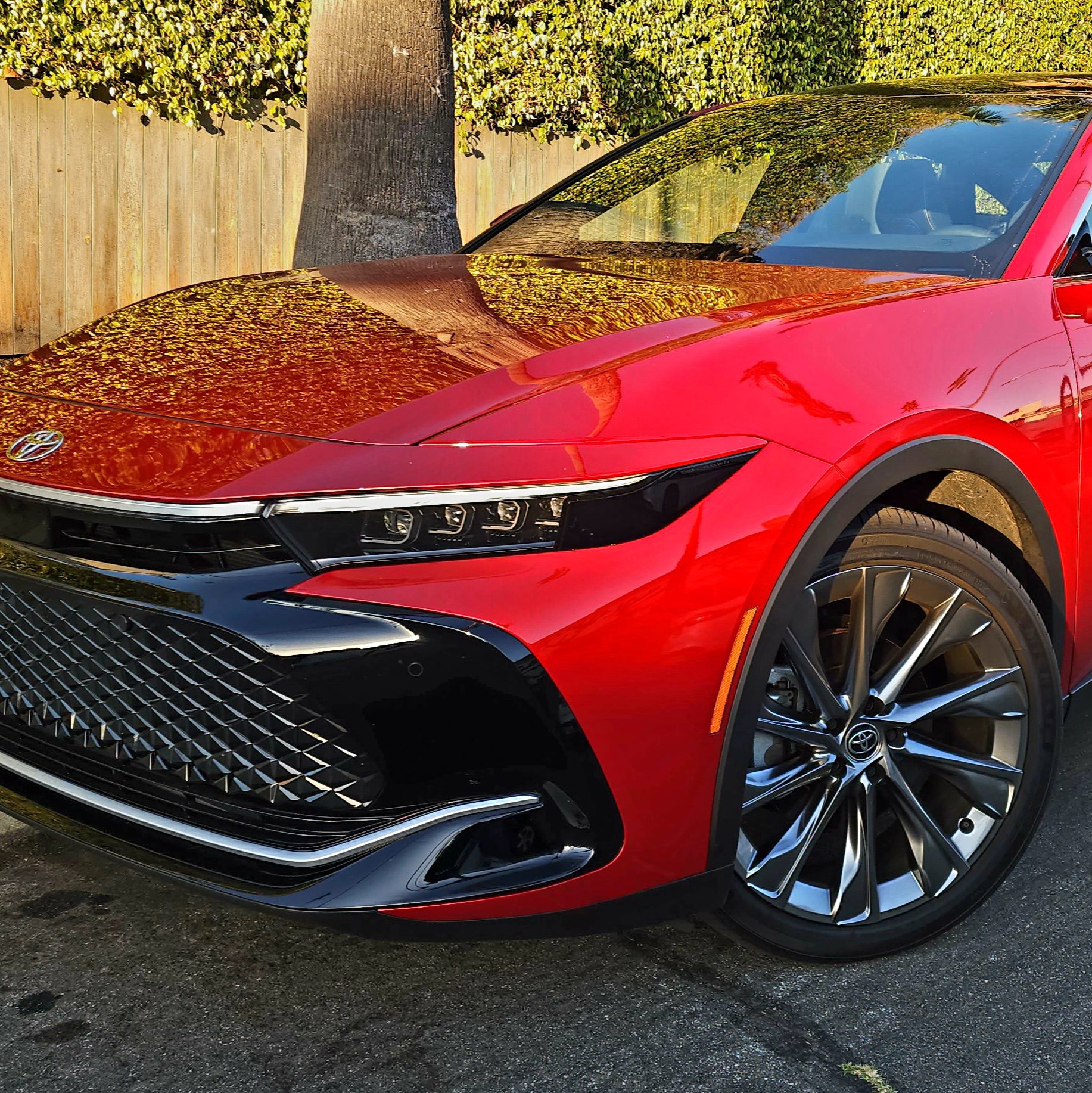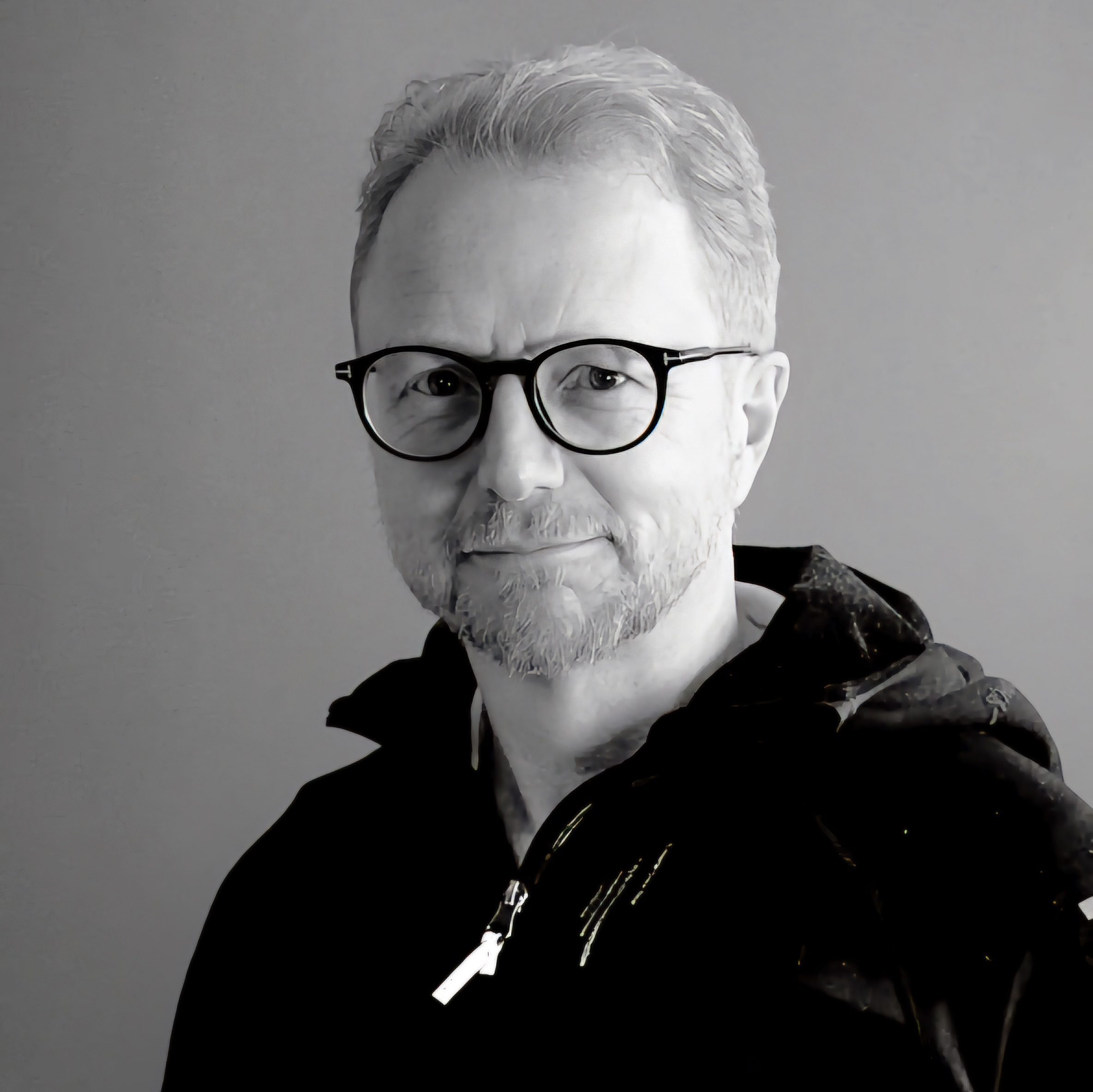Cigna Global offers individual plans called Global Health Options. These plans cover more than 200 countries. You can pick from three cover levels: Silver, Gold, and Platinum. This lets you customize your International Medical Insurance to meet your needs and budget.
The Cigna global support network is huge. It includes over 1 million partnerships, 89,000 behavioral health experts, and 11,400 healthcare places. This means you can get the care you need anywhere you go. Cigna Global helps 86 million customers and has a team of 37,000 people, offering a top-notch travel health insurance experience.
You can pay for these plans monthly, every three months, or yearly using a debit/credit card or bank wire transfer. Cigna international health insurance plans also offer 24/7 assistance in many languages, demonstrating their strong customer service.
Cigna offers everything from emergency care for travelers to full medical coverage. They provide support all the time, everywhere you are. So, you and your family can count on Cigna for reliable healthcare support, making them a top choice for global travel health insurance.
Overview of Cigna International Health Insurance Plans
Cigna International Health Insurance Plans give expats and frequent travelers access to top healthcare facilities worldwide. These plans offer long-term protection, lasting over 12 months. They are different from travel insurance, which covers short-term needs like trip cancellations or emergency medical care. Cigna’s plans are for ongoing healthcare needs.
Why Choose Cigna for International Coverage?
People pick Cigna for its wide global network, covering over 200 markets. It offers flexible health plans for individuals or families. These plans start at 18 years old and have no end age, making it a lifelong option.
Cigna also has a multilingual service center open 24/7, which is great for international living. Getting quotes and customer support is easy and efficient. Choosing Cigna means getting coverage for maternity care, existing health issues, mental health, and more.
Covered Regions and Hospital Network
Cigna has a huge network of hospitals and healthcare providers worldwide. This network covers over 200 regions, offering quality healthcare. It helps those living in places with limited healthcare access or no national system.
The network gives easy access to inpatient and daypatient services, mental health care, dental care, and more. With the Gold and Platinum plans, members get extra benefits like the Safe Travel app and full coverage for mental and behavioral healthcare.
In summary, Cigna International Health Insurance Plans offer big benefits, comprehensive coverage, and ongoing support. They are a top choice for anyone needing strong expat health insurance.
Key Features of Cigna International Health Insurance
Cigna International Health Insurance offers a wide range of benefits for people living abroad. It covers inpatient and outpatient services, and mental health resources. This ensures you get the care you need.
Inpatient and Daypatient Treatment
Cigna’s health insurance plans focus on inpatient and daypatient treatment. Depending on the plan you choose—Silver, Gold, or Platinum—you can get up to $2,000,000 in annual benefits. This includes:
- Private Room Availability: Ensures a comfortable stay in the hospital.
- Cancer Care Coverage: Covers up to $2,000,000 for cancer treatment, so you can get the care you need.
- Medical Imaging and Scans: Covers up to $15,000 for tests that help diagnose and plan treatment.
- Rehabilitation and Physiotherapy: Offers up to $10,000 to help you recover after an injury or surgery.
- Emergency Room Treatment: Covers up to $2,000 for urgent medical issues.
- Newborn and Maternity Care: Includes coverage for newborns up to $156,000 and maternity care up to $14,000.
Outpatient Care and Specialist Consultations
Cigna’s plans also cover a wide range of outpatient services. This means you can get the care you need for both routine and special medical needs. The International Outpatient module includes:
- Specialist Consultations: Covers up to $5,000 per period for expert opinions from healthcare professionals.
- Prescribed Drugs and Dressings: Covers up to $3,000 for medications and dressings.
- Pathology, Radiology, Diagnostic Tests: Covers up to $5,000 for tests that help evaluate your health.
- Child and Maternal Health: Covers health needs during critical stages of development and for mothers.
- Physical Therapy: Includes rehabilitation benefits to improve recovery and physical health.
Mental Health and Wellness Support
Mental health and wellness coaching are key parts of Cigna’s health approach. Cigna offers:
- Mental & Behavioral Healthcare: Fully covered, giving you access to important mental health resources and therapies.
- Wellness Coaching: Programs to support your overall wellbeing, from mental health to improving your lifestyle.
- Employee Assistance Programs: Available worldwide, offering support for personal and work challenges.
- 24/7 Virtual Care: Provides mental health support and consultations with certified doctors anytime.
Cigna International Health Insurance offers a complete solution for your health needs. It ensures you get the best inpatient and outpatient care, mental health support, and wellness coaching.
Cigna International Health Insurance, Comprehensive Coverage Breakdown
For expatriates and global travelers, knowing about Cigna’s insurance plans is key. Cigna has different international coverage levels to fit various health needs and budgets. The Silver, Gold, and Platinum plans offer flexible options for worldwide health coverage.
The Silver plan covers up to $1,000,000 a year for inpatient and daypatient care. The Platinum plan covers everything with no limit. These plans also cover important services like cancer care, maternity, and mental health. They include outpatient care, wellness coaching, and $0 preventive care too.
Cigna’s plans have special benefits for chronic conditions. For diabetes, Enhanced Diabetes Care plans offer $0 copay for important supplies and treatments. Programs can cut out-of-pocket costs by 40% or more, making healthcare cheaper. Plus, there’s 24/7 virtual care with doctors and therapists available online.
In short, Cigna International Health Insurance offers detailed plans with lots of coverage and personalized care. Through the myCigna website and app, members can easily manage their health. With rewards, 24/7 customer service, and big savings, Cigna takes a full approach to protecting health worldwide.





